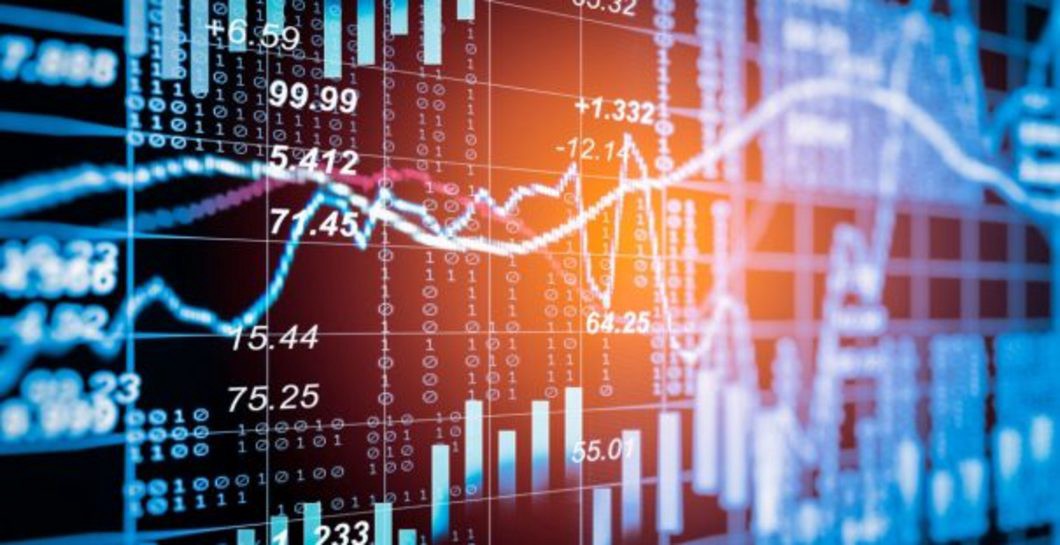
Trading options is a relatively new phenomenon compared to traditional stock trading. In fact, before the 1970’s it was not possible to trade options as they were traded on actual commodities instead of financial securities. In 1973, Richard Sandor and Myron Scholes created the first-ever call option built on security with their now-famous Black-Scholes model.
Not long after this standardization of prices, volume began to rise exponentially, with many people trading these financial instruments for profits or hedging purposes. There are two ways to gain from an option:
- Intrinsic value
- time value
Intrinsic value
The intrinsic value refers to how much more one contract is worth than the price you have paid for it (in comparison to buying enough underlying shares to warrant having the option).
Time value
On the other hand, time value is how much more one contract is worth than your intrinsic value. It means that if you own an option with, say, $0.50 (i.e. 50 cents) intrinsic value and it has a time value of $1.00 – someone would be willing to pay up to $1 for this contract; why? Because if they exercise their options, they will make their 50 cents back plus another dollar in profit off of what they paid – best case scenario!
It leads to the next point about owning contracts:
Every single arrangement purchased has its unique price tag, ranging from $0.01 to $100,000 or more.
Why are prices not consistent?
Let’s look at it this way: if Amazon is trading at $300/share, you would be willing to pay up to say…$300 for a share of Amazon, right? That means that the intrinsic value of your option will probably only amount to $10 (since you can buy ten shares of Amazon for $300 and exercise those contracts).
Conversely, let’s assume a 100 share contract option on Apple with an intrinsic value of $20 and a time value of ~$40 – with this, you might be able to sell your option to someone who thinks it’s undervalued and pocket $80 per contract!
Time decay of options tends to be an overlooked factor when trading; both long traders (i.e. they believe the price will go up) and short traders (i.e. they think the price will go down). This concept is referred to as negative convexity and boils down to each day you have your option. It’s worth less than it was before.
Why?
An option is a contract that gives you the right to buy or sell something at a specific price – but what if I told you that over time this “right” becomes less valuable as the expiration date draws closer? For instance, say we have a contract that says you can buy Apple at $300/share anytime before April 21st – now let’s assume it expires on April 20th.
So how do we capitalize off of the fluctuations in options prices?
You need to realize that all-time value comes from “the fluff” – the part of the price tag which does not represent intrinsic value! It means that even though there may be contracts trading at $100/share if all of them have an intrinsic value of $0.01, they’re not worth anything (and in this case, there’s no reason to buy options on them).
All markets trend, whether it’s crypto, stocks or bonds.
Everything has some overarching pattern it follows over the long run. The key when trading options is to recognize this and capitalize on it by buying an option that will make money if the “trend” continues – call options are used for bullish trends while put options are used for bearish trends. It’s pretty simple!
Margin
The final point about trading options is how margin can either increase your gains exponentially or wipe you out entirely, depending on how it’s managed. For example, let’s say I have 100 shares of Amazon (AMZN), and I buy put options on those shares for $10/share; what this means is that if AMAZON drops below $300, I can sell my contracts to someone else or exercise them if they’re in the money.
Interested in options trading? Contact Saxo Bank today!

